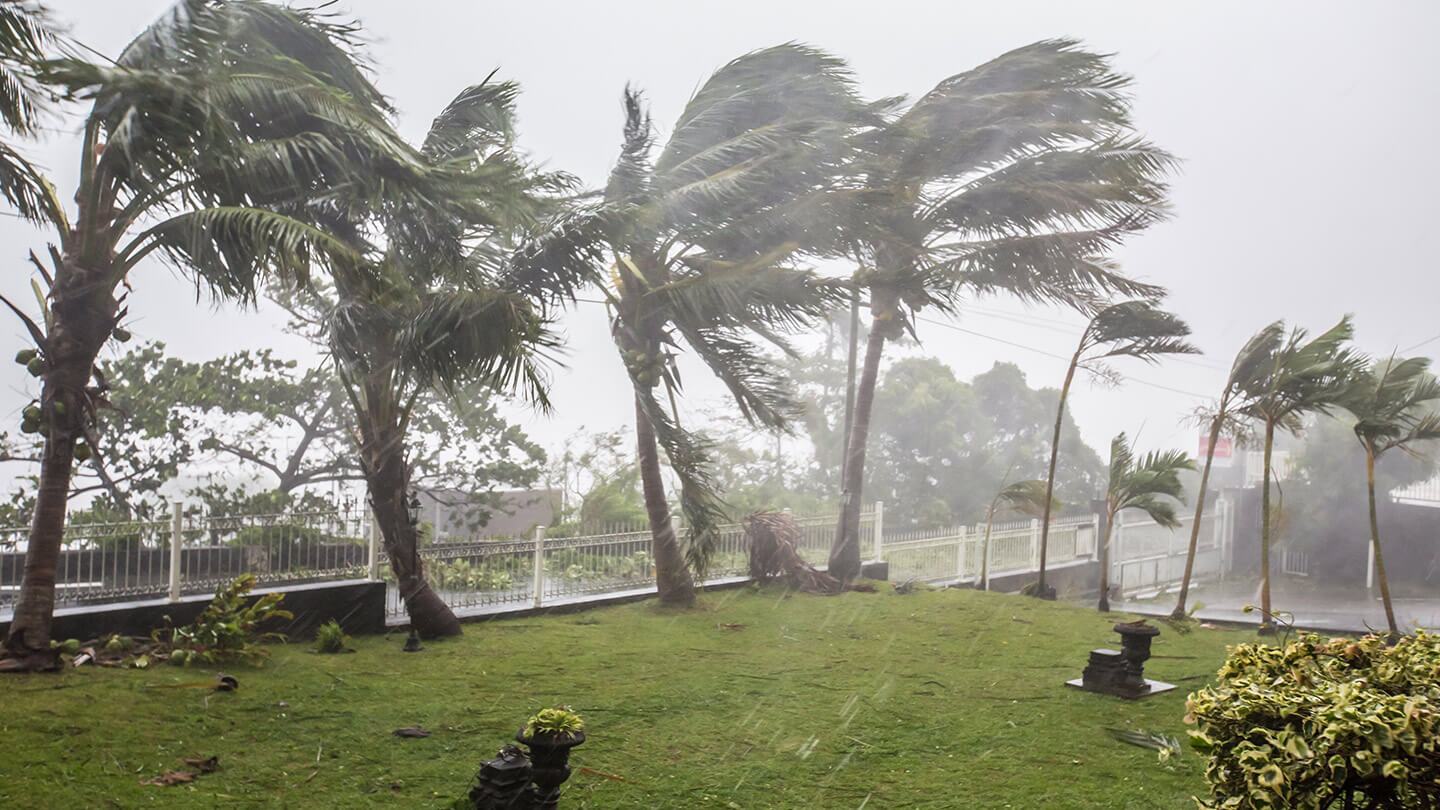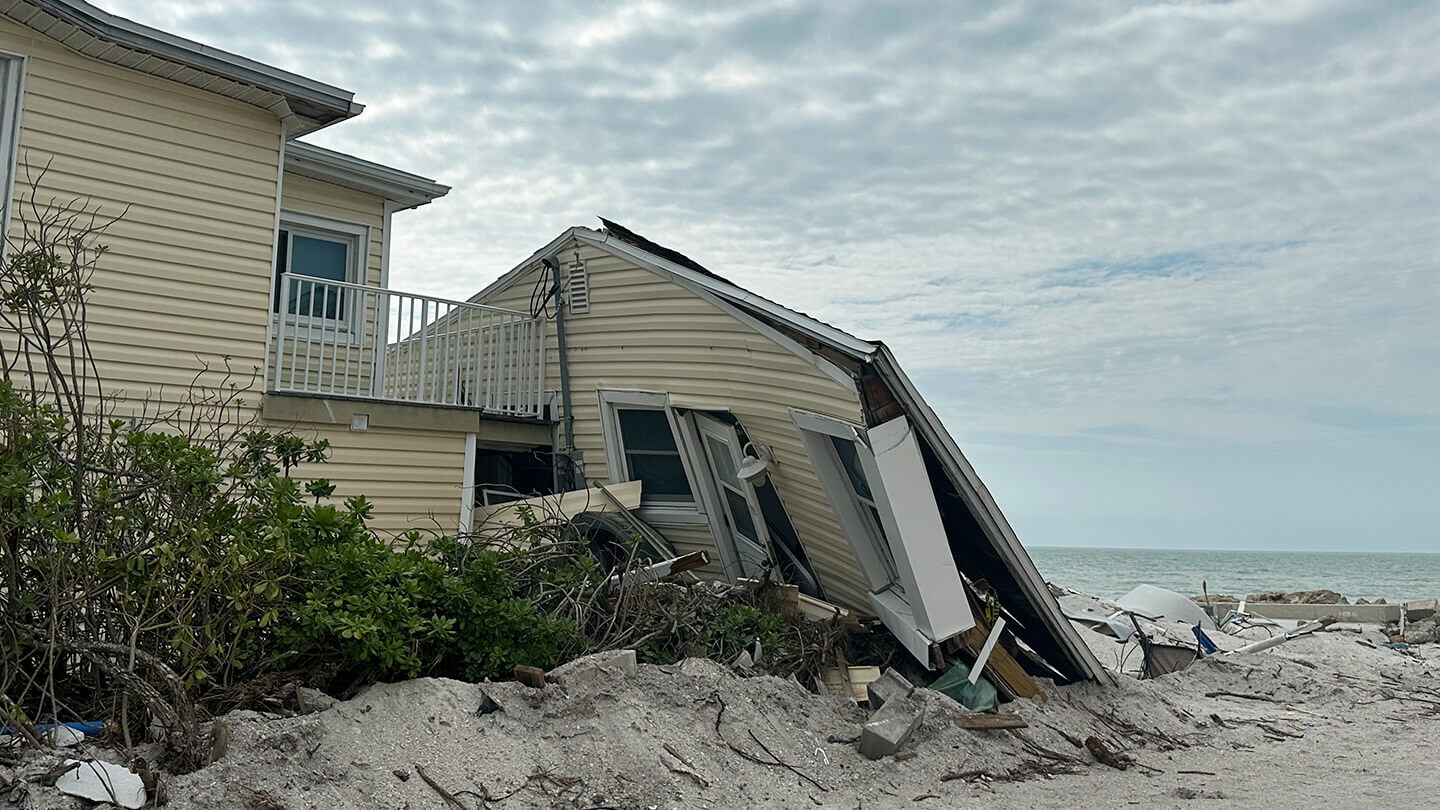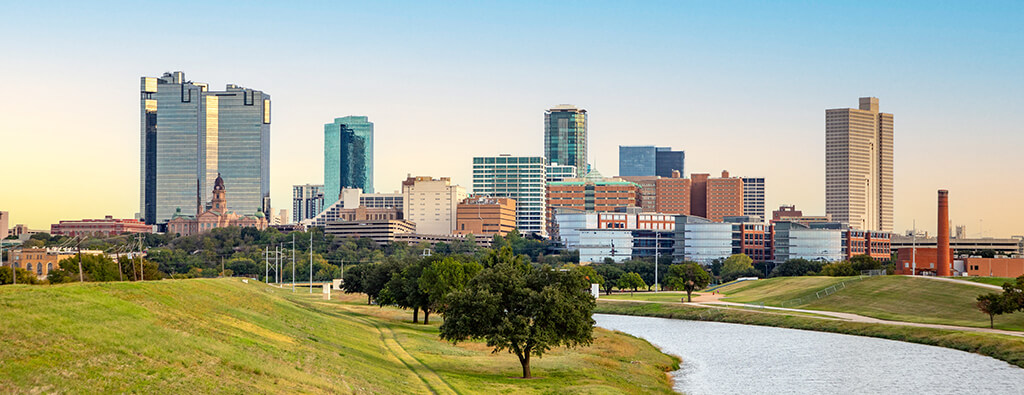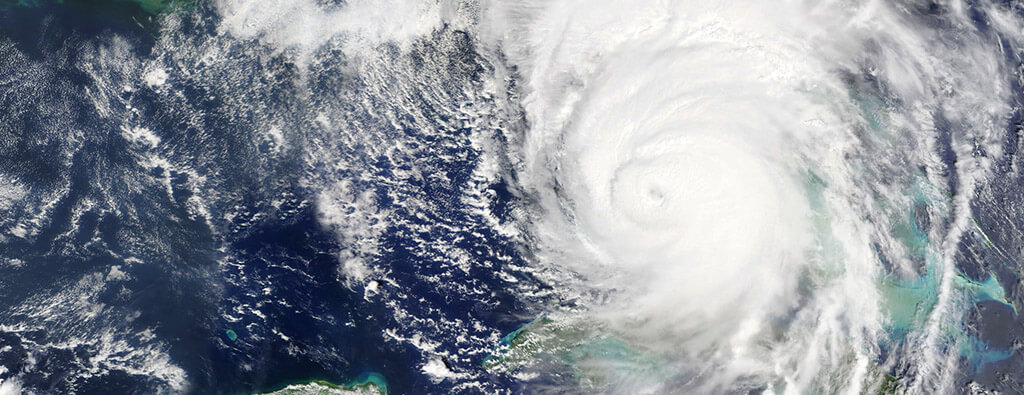Hurricanes are some of the most powerful and destructive forces in nature, capable of reshaping coastlines and affecting millions of lives. Beyond their high winds and relentless rain, there are many interesting facts about hurricanes that reveal just how dynamic and dangerous they can be.
In this article, we’ll explore hurricanes, including their formation, characteristics, and the impacts they have on communities. We’ll also provide real-life examples and data points to help you understand these storms better.
What is a Hurricane?
A hurricane is a type of tropical cyclone that forms over warm ocean waters and is characterized by a well-defined circular structure and a central eye.
Hurricanes are classified into five categories based on their wind speeds, with Category 5 indicating the highest wind speeds.
The following are key characteristics of hurricanes:
- Warm Core Structure: Hurricanes have a warm core, meaning the temperature inside the storm is higher than the surrounding atmosphere.
- Low Pressure: The center of a hurricane, known as the eye, has extremely low pressure, which can create calm conditions surrounded by the storm’s intense activity.
- Spiral Rainbands: These are bands of heavy rain and thunderstorms that spiral outward from the eye of the hurricane.
The Lifecycle of a Hurricane

Hurricanes go through a lifecycle that begins with a tropical disturbance and can end with either dissipation or transformation into a different type of weather system.
- Tropical Disturbance: The initial stage with a cluster of thunderstorms.
- Tropical Depression: The system gains organization, and wind speeds increase.
- Tropical Storm: The system is named when winds reach 39 mph.
- Hurricane: Wind speeds exceed 74 mph, and the storm is classified as a hurricane.
- Dissipation: The hurricane weakens over land or cooler waters.
The process starts with a cluster of thunderstorms over warm ocean waters. If conditions are favorable, this disturbance can develop into a tropical depression, then a tropical storm, and eventually, a hurricane.
Hurricane’s Rapid Intensification
Hurricane Michael, which hit the Florida Panhandle in 2018, is a striking example of rapid intensification.
Beginning as a tropical disturbance, it quickly evolved into a Category 5 hurricane, driven by exceptionally warm sea surface temperatures and minimal wind shear. This transformation showcased how quickly a storm can escalate into a life-threatening event.
In a similar pattern, Hurricane Beryl in 2024 went from a tropical depression to a hurricane in under 24 hours. Though initially small and weak, Beryl gained strength rapidly over warm ocean waters.
These cases reflect the increasing risk posed by rapidly intensifying storms, especially as ocean conditions continue to shift in a warming climate.
Hurricanes Have a Global Reach
While hurricanes are most commonly associated with the Atlantic and Eastern Pacific Oceans, tropical cyclones, the broader term that includes hurricanes, occur in many parts of the world.
In the Western Pacific, these storms are called typhoons, and in the Indian Ocean and South Pacific, they are known as cyclones.
Global Occurrences of Hurricanes
- Atlantic Ocean: Known for hurricanes, particularly impacting the Caribbean, the Gulf Coast, and southeastern U.S.
- Western Pacific Ocean: Typhoons are common and often more frequent and intense than Atlantic hurricanes.
- Indian Ocean: Cyclones here can cause widespread damage, especially in countries like India and Bangladesh.
The Destructive Power of Hurricanes

Hurricanes cause immense destruction through a combination of high winds, heavy rainfall, storm surges, and flooding. The damage from hurricanes can be extensive, affecting infrastructure, homes, and natural environments.
The impacts of a hurricane can vary depending on its intensity and location, but the main sources of damage typically include:
- High Winds: Can reach up to 157 mph or higher, causing structural damage.
- Storm Surges: Coastal flooding caused by the hurricane’s winds pushing seawater onto land.
- Heavy Rainfall: Can lead to flash flooding and landslides.
- Tornadoes: Hurricanes can spawn tornadoes, adding to their destructive power.
Hurricane Katrina’s Record-Breaking Cost
Hurricane Katrina, which hit the Gulf Coast in 2005, caused an estimated $125 billion in damages, making it one of the costliest hurricanes in U.S. history.
The storm surge alone overwhelmed levees in New Orleans, leading to a catastrophic rise in water levels.
Hurricane Harvey’s Intense Rainfall
Hurricane Harvey, which struck Texas in 2017, is a powerful example of how hurricanes can cause catastrophic flooding.
Harvey stalled over southeastern Texas, bringing over 60 inches of rain in some areas.
The Naming of Hurricanes
Hurricanes are named according to a set list maintained by the World Meteorological Organization (WMO).
The naming system helps avoid confusion and improves communication during storms. Names are reused every six years unless a storm is so deadly or costly that its name is retired.
Interesting Facts About Hurricane Names
- Retired Names: Examples include Katrina (2005) and Sandy (2012) due to their devastating impacts.
- Alphabetical Order: Names are assigned in alphabetical order each year, alternating between male and female names.
- Replacement of Retired Names: When a name is retired, it is replaced with a new one, like «Katrina» being replaced with «Katia» or “Harvey” being retired for “Harold” after it’s immense damage.
Historic Hurricanes in U.S. History

Hurricanes have played significant roles in U.S. history, shaping communities, economies, and even policies.
Some of the most notable hurricanes in U.S. history have led to changes in building codes, disaster preparedness, emergency management strategies and overall hurricane preparedness.
- The Great Galveston Hurricane (1900): The deadliest hurricane in U.S. history, with an estimated 8,000-12,000 deaths.
- Hurricane Andrew (1992): Led to major changes in building codes across Florida.
- Hurricane Sandy (2012): Highlighted the need for better coastal defenses in the Northeast.
- Hurricane Irma (2017): Impacted numerous countries before making landfall in the U.S. as a Category 3 hurricane.
- Hurricane Idalia (2023): A powerful storm that caused widespread destruction as it tore through the Caribbean, Gulf Coast and southeastern U.S.
Hurricane Andrew’s Impact on Building Codes
After Hurricane Andrew devastated parts of South Florida in 1992, the state implemented stricter building codes so that new structures could better withstand hurricanes.
These changes have since improved the resilience of buildings in hurricane-prone areas.
The Importance of Hurricane Preparedness and Response
All these interesting facts about hurricanes emphasize their immense destructive power. It’s essential for organizations and communities to stay prepared to minimize the impact of these natural disasters.
This involves developing comprehensive emergency management plans, conducting regular drills, and ensuring that communication systems are in place to keep everyone informed during a storm.
Key steps for hurricane preparedness include:
- Risk Assessment: Understand the specific risks hurricanes pose to your location.
- Emergency Planning: Develop plans that address evacuation routes, resource distribution, and communication protocols.
- Community Education: Make sure that everyone understands the dangers of hurricanes and knows how to respond.
How Disaster Firms Assist in Hurricane Preparedness
Firms like Tidal Basin play an important role in helping organizations and communities prepare for hurricanes.
Services typically include risk assessments, emergency plan development, training, and post-storm response and recovery support.
Disaster management firms can also provide:
- Customized Emergency Plans: Tailored to the specific needs and risks of an organization.
- Training and Drills: Preparing staff for real-life hurricane scenarios.
- Crisis Communication and Response: Developing hubs for crisis communication and response strategies to keep stakeholders informed during a hurricane or other weather events.
- Recovery Support: Assisting with the rebuilding process and mitigating future risks.
Understanding Hurricanes Saves Lives
Hurricanes are powerful and complex weather phenomena that profoundly impact the regions they affect. Understanding all these interesting facts about hurricanes, from their formation to their potential impacts, is crucial for organizations and communities.
By preparing effectively and working with experienced consulting firms, organizations can better manage the risks associated with hurricanes and protect their people, property, and operations.
Contact us to learn how our disaster response experts can assist with your hurricane preparedness and response.



